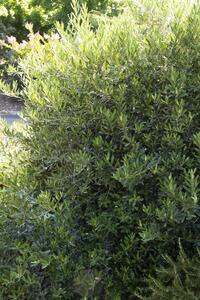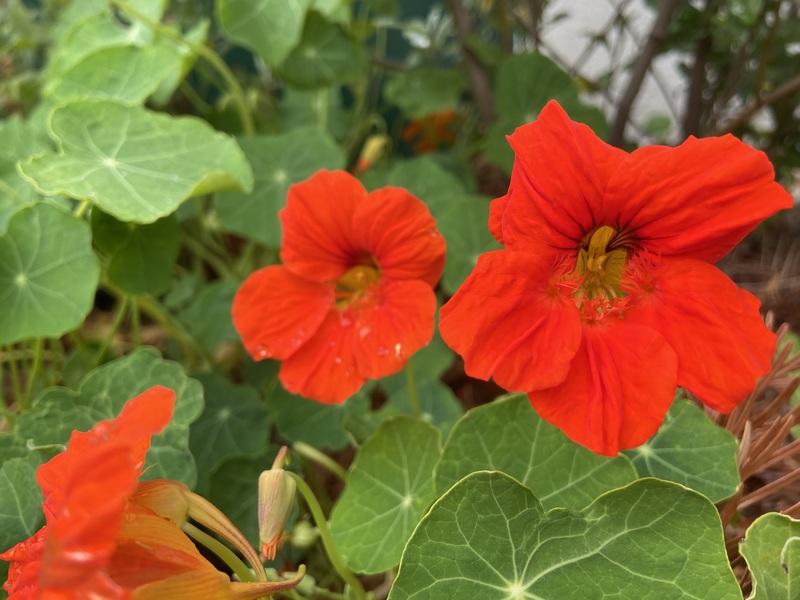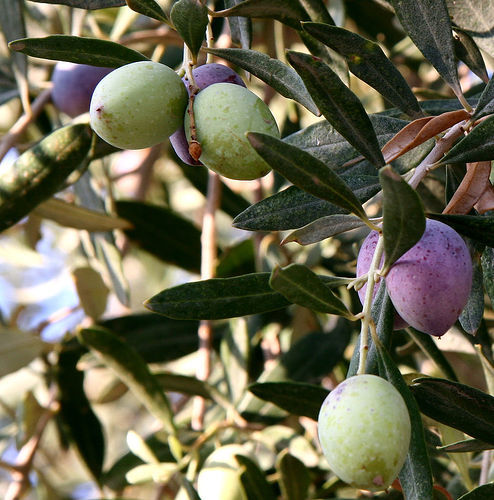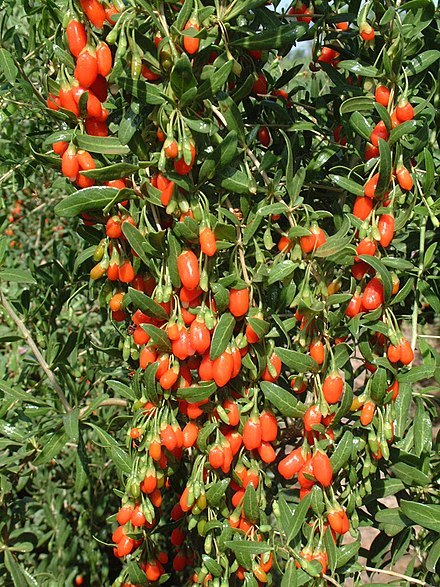Description
The olive is a tree native to the Mediterranean region. It typically has a curved trunk and gnarled branches, and its leaves are small and oblong with a silvery-green color. The plant produces small, white, inconspicuous flowers, and its fruit is the well-known olive, which can be green, yellow, or black depending on ripeness. Olives are typically harvested for their fruit, which is used for oil, but they can also be eaten as a table olive.
Olive trees can grow to be quite large, reaching heights of up to 30 feet, and they can live for hundreds of years. They grow slowly, but once established, they are very hardy and can tolerate a wide range of growing conditions. Olives prefer a sunny, warm climate and well-drained soil, and they can be grown in a variety of soil types, including alkaline and clay.
Olive trees are winter hardy and can tolerate cold temperatures down to about 15 degrees Fahrenheit. They do not require much pruning or special care, but they do need to be watered regularly, especially when they are young. Once established, olive trees are drought-tolerant and can survive with minimal irrigation.
Olive trees are not only valuable for their fruit, but they also have a number of other uses. The wood is strong and durable and can be used for a variety of purposes, including fuel and building material. Olives are also a valuable food source for many types of wildlife, including birds and small mammals.
In addition to their edible fruit, olives have a number of medicinal uses. The oil is rich in antioxidants and has been used for centuries as a natural remedy for a variety of health conditions, including skin conditions and inflammation. Olives are also a natural source of fiber and vitamins, making them a healthy addition to any diet.





